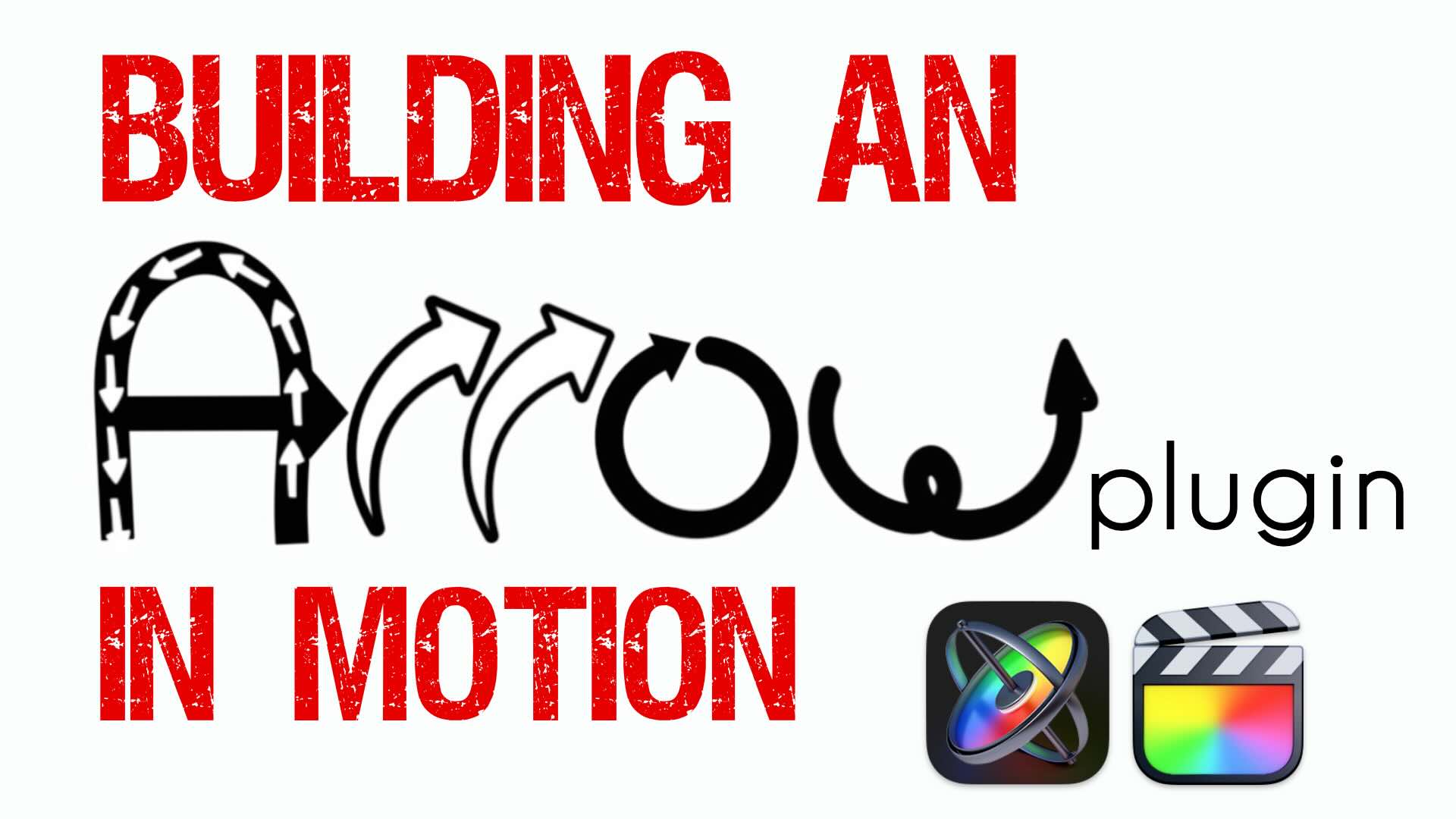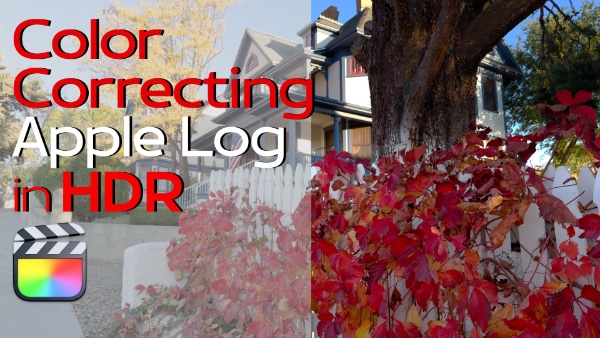In this episode, Mark Spencer shows us some ways to make faster edits using the Final Cut Pro X’s Clip Skimmer.
Unlike the Timeline Skimmer, the Clip Skimmer allows you to target your edits to whatever frame your mouse pointer is over.
If you enjoyed this tip, share it with your friends using Facebook or Twitter!
Welcome to another exciting edition of MacBreak Studio. I’m here at the Prescott location of MacBreak Studio, and we’re going to look at some tips that Mark is going to share with us on Warp Speed Editing. Which is kind of a preview of a tutorial you’re working on. That’s true, we have a new tutorial coming out, on how to become a Final Cut Pro X power user. So, lot’s of tips about workflows and keyboard shortcuts, and things that we do to work efficiently and quickly. Right, and look for that in September. So, this tip is specific to clip skimming, and a really useful way to use clip skimming. Now, we’ve talked about clip skimming before, in the context of multicam editing or photoshop documents. Just to show you and example, I’ll go to this photoshop document with multiple layers. Right now you can’t see the thumbnails, they’re turned off to make room. If I enable clip skimming, which is Option-Command-S, and move the pointer over those individual layers, we can see their content. I think that’s a great feature of Final Cut Pro X. The pointer just shows you what it is. Yep. So, that’s one way to use it, but I want to show you something a little different. So, I’ll turn clip skimming back off, by the way, it’s under the View Menu: Clip Skimming. Not to be confused with just Skimming, which skims everything. So, here’s the skimmer, the skimmer moves wherever you go, it skims through the project. But, if I skim over this shot of Charles here, I don’t see him, because it’s being obscured by the shot on top. So, the Skimmer shows you the total composite, but Clip Skimming (Option-Command-S to enable it) will show me Charles or the clip, depending on where my pointer is. You can see the icon changes, that little bar, it’s specific, it’s inside the clip. If I turn Clip Skimming off, now the bar covers the entire timeline. Yep. Okay, so here’s the scenario, I want to trim Charles- He speaks, I can see the end of his waveform there, I want to trim that first little piece that he’s saying off. I want to use keyboard shortcuts, because I want to be fast and efficient, I don’t want to drag. So, if I hit Option-[ right now, what just happened? Yeah, what happened? Let’s do it again, let’s see if we can see what happens. So, watch what happens, Option-[. It trimmed the wrong clip it looked like. Yeah, it trimmed the connected clip. Oh, because of the little white ball is on the secondary story line. Yeah, that’s active, so by default if nothing is selected, the trimming operation will affect that top clip. The active clip indicator. Right. So, you could drag and do some other things, but this is where clip skimming really comes in handy. In fact, I’m just going to turn off regular skimming, so it’s not on at all. Enable, Clip Skimming, with Option-Command-S, and now I don’t really care where the playhead is, move the playhead over there. I’ll clip skim to right where I can see the dip in the waveform, and then I’ll press Option-[. Ahhhh. And that way I’m able to trim Charles directly. That’s very handy to be able to essentially target your pointer for trimming operations. Yep, exactly. So, just by moving your pointer and seeing the clip skimmer, finding what you want, whatever clip you’re on, that is the clip that will be affected. So here’s another example, I’ll turn it off again. Let’s say I wanted, inside this connected storyline, to add another clip to the end. And let’s say that clip is, this clip right here, I’ve got a clip of some grapes. I know I’ve got some other clips grapes, but I want to take that. So, you might normally think, I’ll take that and drag it in here- Oh that’s replacing that, I don’t want to do that. I’ve got to drag right to the edge, there, I did it. But that’s kind of a pain in the neck. Yeah. Right, well we have keyboard shortcuts, we have E, so we’ll hit E. But E appends it to the end of the primary storyline. It’s always the primary storyline. I don’t want to do that. But, here’s what’s really cool. When clip skimming is enabled (Option-Command-S), no matter where my pointer is inside of this connected storyline, if I hit E, the clip get’s added to the end of that storyline. Now that! That is cool. I didn’t know that. That’s cool. Isn’t that nice? Yes, it’s huge. Then, it goes further, because if I have snapping enabled with the N key, this little clip skimmer will snap to edit points. So I can snap to an edit point, so I can hit W, and I can do an Insert Edit. Nice! Because the clip skimmer is now functioning as the absolute In-point. Right, and that doesn’t work if you don’t have clip skimming enabled. It will insert in the primary story line. So, this enables you to very quickly edit inside connected storylines, using keyboard shortcuts. I think that’s great, because the other day I was frustrated. Like, why is it always forcing all the things to happen to the primary storyline using the skimmer, or where the little white ball is. But, now you can override that with the Clip Skimmer. Yep. So, if I move between these two clips and hit Option-W, I can insert a gap. So, all of these great operations are available now with Clip Skimming. I’ll undo that. If I want to overwrite a clip, I could select a different clip, that I wanted to bring in. Say, this clip of Charles here, tasting a grape. And I wanted to overwrite from right at this point. And I don’t care where the playhead is, I can move it somewhere else. I can hit D and do an Overwrite Edit there, or I can hit Shift-D and do Back-Timed Overwrite Edit. Oops, I didn’t have the Clip Skimmer in the right place. Again, Shift-D and do a Back-Timed Overwrite Edit. That’s huge. So it let’s you do all that, it even let’s you tap I and O, to set a range. Which you cannot do, just to make this clear, I’ll turn off Clip Skimming. I’ll move over here and hit I and O, and it sets it on the primary storyline. Right. You know, based on where the playhead is. So, Option-Command-S- So that Clip Skimmer has become tons more useful. Yeah. I and O, or click and drag- woops. Let me undo that. So I can Clip Skim, and drag out- oops. Let’s just stick with I and O right now. And then I can delete that section, or lets say I want to replace with a gap, Shift-Delete. I’ve got a gap. So it basically let’s you do all of these operations within connected storylines. That’s a pretty awesome power user tip. Fantastic. Alright well, you just saw it. That’s just, a small taste of what you can expect in Mark’s Warp Speed Editing Tutorial. Mark, that’s for showing us that, and thanks for watching us every week on MacBreak, following us on Twitter, and generally giving us all kinds of awesome support emails. We really really appreciate it. We’ll see you next week on the next episode of MacBreak Studio.






Just wanted to say ‘thanks’ here for all your great work. This tip in particular will come in really useful on a couple of edits that were required yesterday (as usual)
You guys rock!